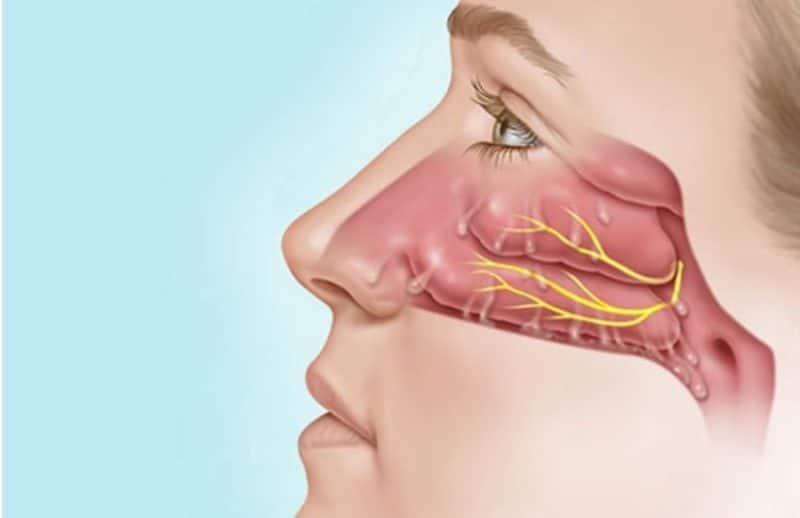
These drugs may only provide temporary relief.
Bacterial infections are treated with antibiotics. Treatment varies according to the following causes: HOW IS IT TREATED?Ī correct diagnosis requires a detailed ear, nose, and throat exam, and possibly laboratory, endoscopic (procedures that use a tube to look inside the body), and x-ray studies. Successful treatment of the post-nasal drip will usually clear up these throat symptoms. This can cause discomfort or a feeling that there is a lump in the throat. Although there is usually no infection, the tonsils and other tissues in the throat may swell. Post-nasal drip often leads to a sore, irritated throat. Hiatal hernia, a pouch-like tissue mass where the esophagus meets the stomach, often contributes to the reflux. GERD may be aggravated by lying down, especially following eating. Heartburn, indigestion, and sore throat are common symptoms. This is a backup of stomach contents and acid into the esophagus or throat. Swallowing problems may also be caused by gastroesophageal reflux disease (GERD). Growths or swelling in the food passage can slow or prevent the movement of liquids and/or solids. 
Frequent throat clearing, which usually produces little or no mucus, can make the problem worse by increasing irritation.
When nervous or under stress, throat muscles can trigger spasms that make it feel as if there is a lump in the throat. 
Coughing and vigorous throat clearing are often needed upon waking.
During sleep, swallowing occurs much less frequently, and secretions may gather. With age, swallowing muscles often lose strength and coordination, making it difficult for even normal secretions to pass smoothly into the stomach. Several factors contribute to swallowing problems: When the nerves and muscles in the mouth, throat, and food passage (esophagus) aren’t interacting properly, overflow secretions can spill into the voice box (larynx) and breathing passages (trachea and bronchi), causing hoarseness, throat clearing, or coughing. Swallowing problems may result in accumulation of solids or liquids in the throat that may complicate or feel like post-nasal drip. If these symptoms are observed, seek a physician for examination. In children, thick secretions from one side of the nose can mean that something is stuck in the nose such as a bean, wadded paper, or piece of toy. If thin secretions become thick, and turn green or yellow, it is likely that a bacterial sinus infection is developing. They can also result from sinus or nose infections and allergies, especially to foods such as dairy products. Increased thick secretions in the winter often result from dryness in heated buildings and homes. These abnormalities might include a deviated or irregular nasal septum (the cartilage and bony dividing wall that separates the two nostrils). 
Various drugs (including birth control pills and high blood pressure medications) and structural abnormalities can also produce increased secretions. Increased thin clear secretions can be due to colds and flu, allergies, cold temperatures, bright lights, certain foods/spices, pregnancy, and other hormonal changes. This sensation can be caused by excessively thick secretions or by throat muscle and swallowing disorders. Although it is normally swallowed unconsciously, the feeling of it accumulating in the throat or dripping from the back of your nose is called post-nasal drip. Mucus moistens and cleans the nasal membranes, humidifies air, traps and clears inhaled foreign matter, and fights infection.

Glands in your nose and throat continually produce mucus (one to two quarts a day).








 0 kommentar(er)
0 kommentar(er)
